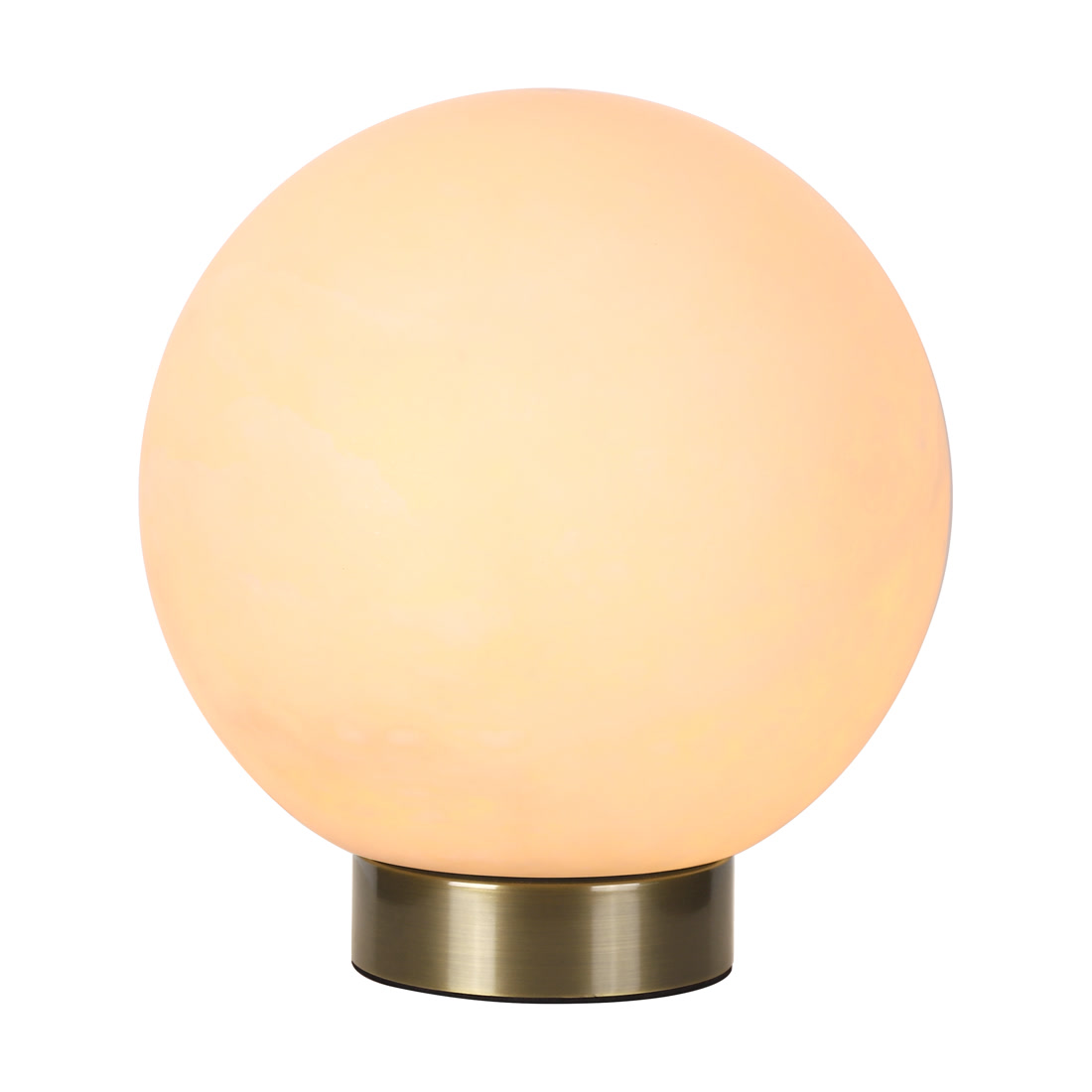Mastering Layering Light for Depth in Photography
Mastering Layering Light for Depth in Photography
Photography is an art that allows us to capture moments in time, but often it’s the technique behind the lens that elevates an image from ordinary to extraordinary. One such technique is layering light for depth, a method that can add dimension and interest to your photographs. Whether you are a seasoned professional or an enthusiastic amateur, understanding how to effectively use light can dramatically improve your work.
What is Layering Light?
Layering light refers to the process of using multiple light sources or different lighting techniques to create a three-dimensional effect in your images. This technique enhances textures, adds shadows, and builds a rich tapestry of visual interest. By controlling the direction, intensity, and quality of light, photographers can guide the viewer’s eye and create a narrative within a still image.
Types of Light to Layer
When layering light, it’s essential to consider the various types of light sources available. Here are the main categories:
| Type of Light | Description |
| Natural Light | Sunlight or ambient light found in the environment. |
| Artificial Light | Light created using lamps, flashes, or LEDs to control various effects. |
| Reflective Light | Light bouncing off surfaces, adding softness and complexity to shadows. |
| Colored Light | Light modified through gels or colored filters to evoke mood. |
Using a combination of these light types can significantly impact the overall feel of your images. For example, natural light can serve as the primary source, while artificial or reflected light can fill in shadows, creating depth and intrigue.
Techniques for Layering Light
To effectively layer light, there are several techniques photographers can employ:
1. Use of Backlighting
Backlighting occurs when the light source is behind the subject. This technique highlights the edges of the subject while creating depth through shadows in the foreground. It’s especially striking in portrait photography, as it adds an ethereal quality to images.

2. Adding Fill Light
Fill light is secondary light that reduces harsh shadows created by the primary light source. This can be achieved by using reflectors, softboxes, or additional flashes. Properly placed fill light can add dimension without overwhelming the subject.
3. Experimenting with Color Gels
Color gels can change the mood of a photograph dramatically. Layering different colors of light can create emotional responses and guide the viewer’s attention. For instance, cool colors may evoke tranquility, while warm colors can create a sense of passion or energy.
4. Creating Texture with Shadows
Shadows are as important as light in photography. Layering light to create textured shadows can lead to dynamic compositions. For example, placing a light source at a low angle can cast long, interesting shadows that add depth and complexity to the image.
5. Using Ambient and Directional Light
Balancing ambient light (the overall light in the environment) with directional light (light coming from a specific source) can create a rich depth in your photographs. This balance is crucial in landscape photography, where you might want to capture both the vastness of a scene and the details of nearby elements.
Practical Tips for Layering Light
Here are some practical tips to help you layer light effectively in your photography:
- Scout Locations: Natural settings can provide unique lighting opportunities. Look for locations that offer various surfaces to reflect light, such as water or rocks.
- Golden Hour: The golden hour (slightly after sunrise or before sunset) provides soft, diffused light ideal for layering.
- Use of Mirrors: Incorporating Mirrors can help reflect light onto your subject, creating interesting highlights and enhancing depth.
- Practice with Different Angles: Move around your subject and experiment with different angles, as light’s impact changes depending on your perspective.
- Post-Processing Techniques: Don’t hesitate to enhance your layered lighting in post-processing by adjusting shadows and highlights to deepen the effect.
Common Mistakes to Avoid
Just as there are best practices, some mistakes can hinder your layering light efforts:
- Overexposure: Too much light can wash out the details of your subject. Always check your exposure settings.
- Neglecting Shadows: Ignoring the shadows can lead to flat images. Shadows are a crucial part of layering.
- Too Many Light Sources: While layering light is key, using too many sources can confuse the image. Keep it simple.
Layering Light in Different Photography Styles
Layering light is not limited to one style of photography; it can be applied across various genres:
Portrait Photography
In portrait photography, layering light helps define the subject. Use a key light for illumination, fill light to soften shadows, and background light for separation from the background.
Product Photography
In product photography, layering light can showcase textures and details that attract consumers. Utilize softboxes for even light distribution while adding highlights to specific areas to draw attention.
Landscape Photography
Landscape photographers often use layering light to highlight foreground elements while capturing vast backgrounds. Using natural light during the golden hour enhances this effect.
Conclusion: Mastering the Art of Layering Light
Layering light for depth is a powerful technique that, when done correctly, can transform images and create stunning visual stories. By understanding the different types of light, employing specific techniques, and avoiding common mistakes, photographers can master this art form. Practice iterating on these techniques to find what works best for your style, and don't hesitate to push your creative boundaries. Remember, the key to stunning photography lies not just in the subject, but in how you bring it to life with light.
As you continue to explore layering light, consider these suggestions:
- Continuously learn about light through tutorials, workshops, and practice.
- Invest in quality lighting equipment that meets your needs.
- Review your photographs critically to understand what lighting techniques worked and what didn’t.
By embracing the principles of layering light, you can increase the depth and beauty of your photography, opening new avenues for artistic expression.
